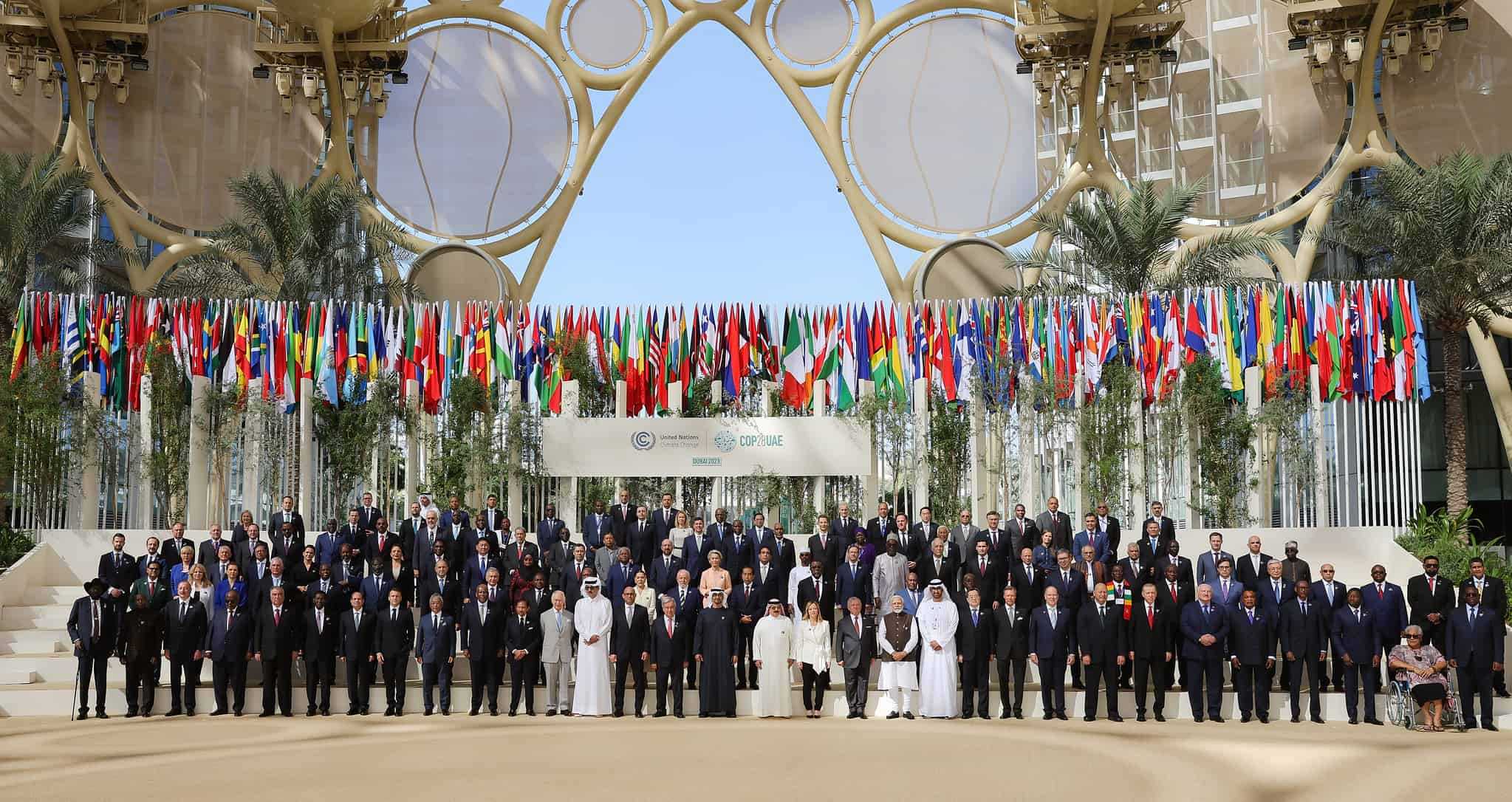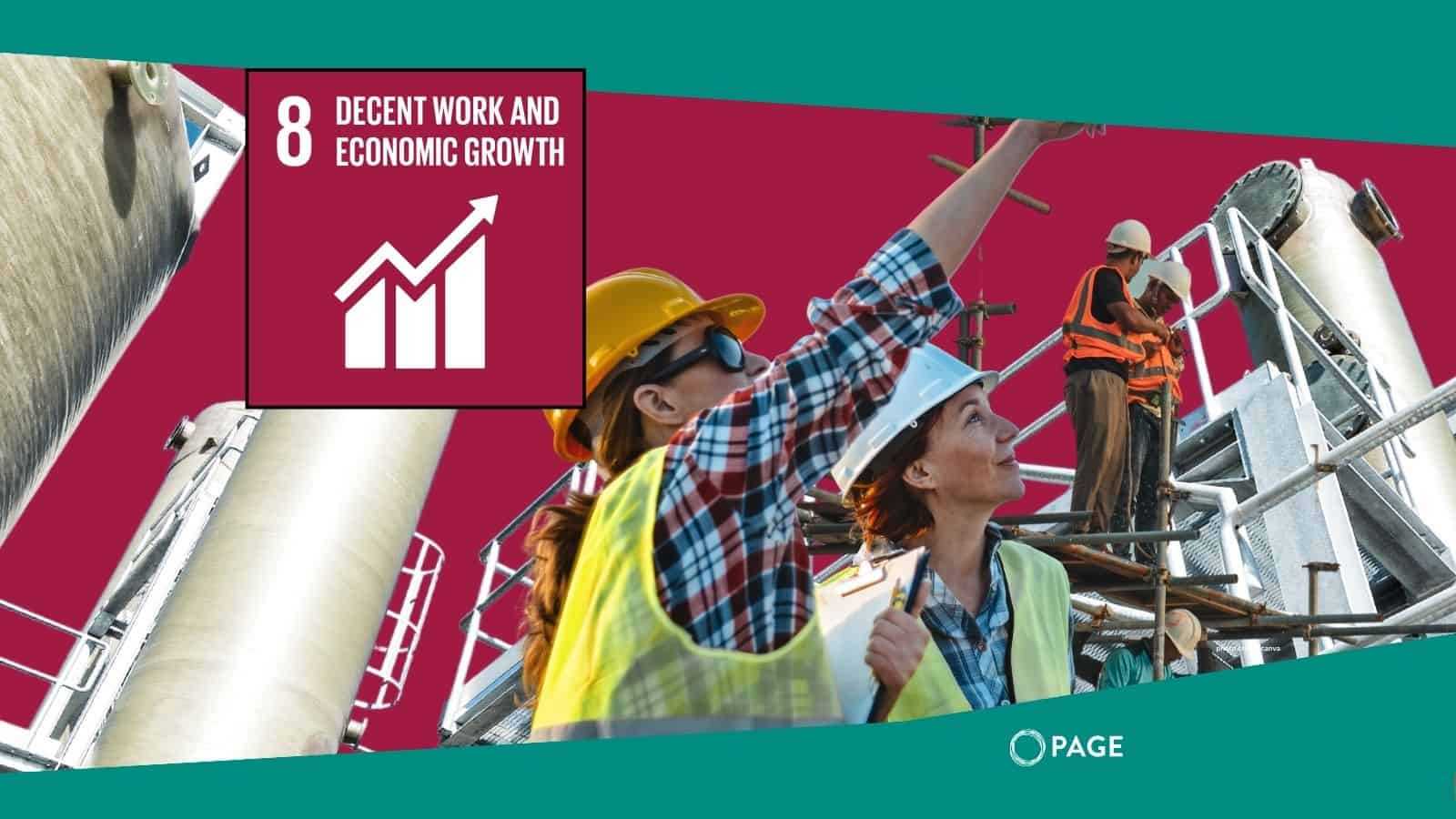Protecting workers from climate change will require more than band aid solutions. Shifting toward green economies is also about sustainable resource management, energy efficiency, waste reduction, social justice, poverty reduction, and gender equality. A just transition brings these essential aspects into focus, creating a holistic approach to sustainability.
None of this is as easy as flipping a switch. Just transitions have ups and downs but central has been dialogue. It’s about bringing workers’ representatives and employers together to ensure equitable distribution of transition benefits, including training opportunities and reinvestment of energy savings. Spain’ Long-ter decarbonization strategy of the German Coal Commission are illustrative example,
Without a just transition, the risks are real. Increased social inequality, worker dissatisfaction, labor disputes, decreased productivity, and loss of business competitiveness are possible outcomes.
The complexity of the green transition demands comprehensive solutions driven by integrated policy responses. For this reason, at the International Labour Conference in June 2023, representatives from governments, employers’ and workers’ organizations from the 187 members of the ILO endorsed the Guidelines for a just transition as the central reference for policy making and a basis for action.
Look to nations that have embraced just transition approaches. Their experiences offer insights into making this vision a reality. They’re proof that it can work. Internationally endorsed guidelines by the ILO outline principles and policy approaches for a just transition. These include macroeconomic policies, sectoral development, enterprise support, skills development, occupational safety, social protection, and active labor market policies, all rooted in rights and social dialogue.
Initiatives like Climate Action for Jobs (CA4J) aim to develop national Just Transition policies, create green jobs, and promote social justice in line with climate action. These are concrete steps toward the brighter future we envision.
The goal of a Just Transition is clear—to harmonize environmental imperatives with economic equity, aiming for sustainability and prosperity for all. It’s our bridge to the future we want. As we navigate the challenges of our time, let’s remember that a Just Transition is not just a path forward; it’s the path we must take if we are to leave a better world for future generations.
An opinion piece by Mustapha Kamal Gueye, director of the ILO Priority Action Programme on Just Transitions Towards Environmentally Sustainable Economies and Societies.








